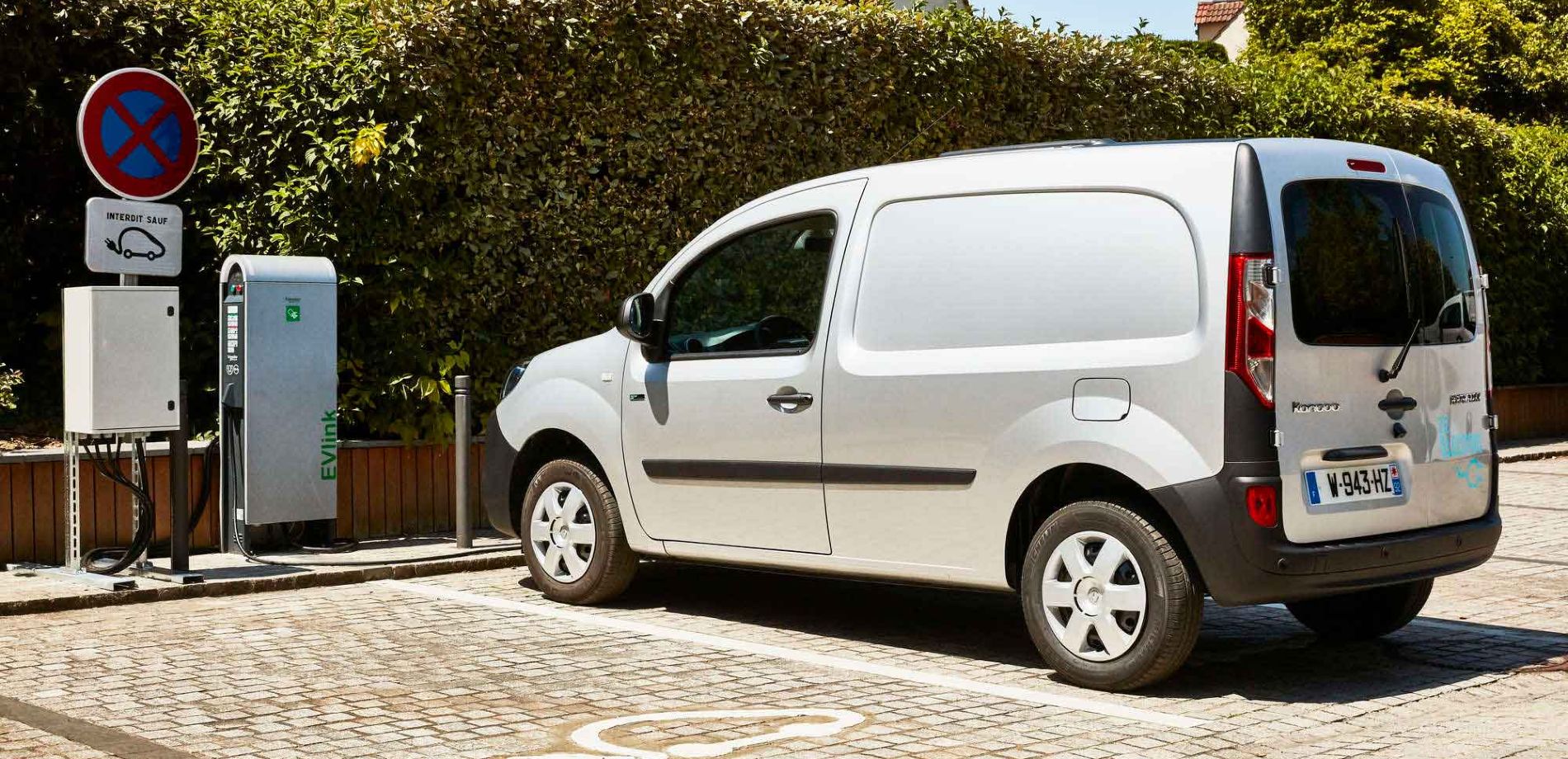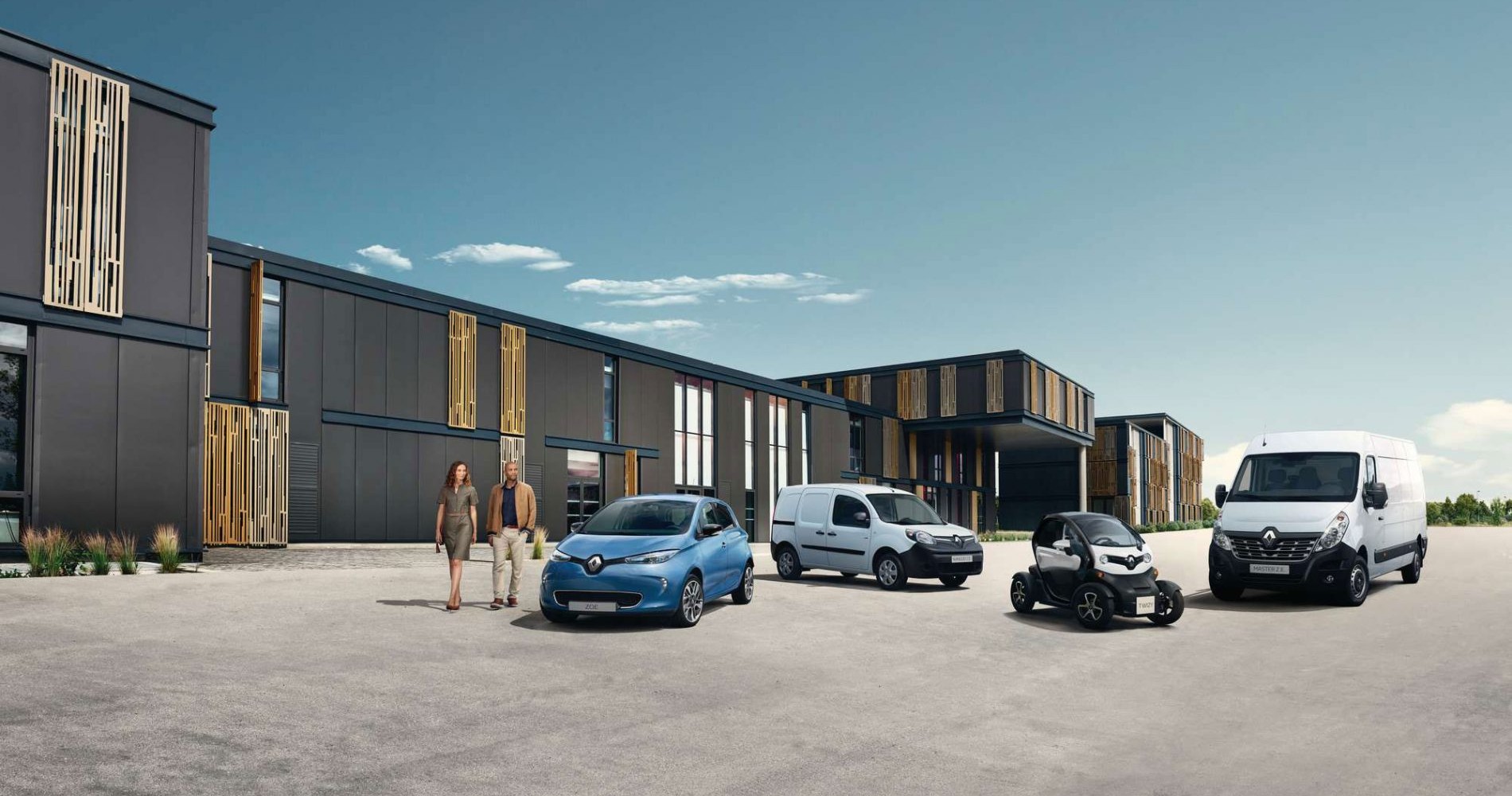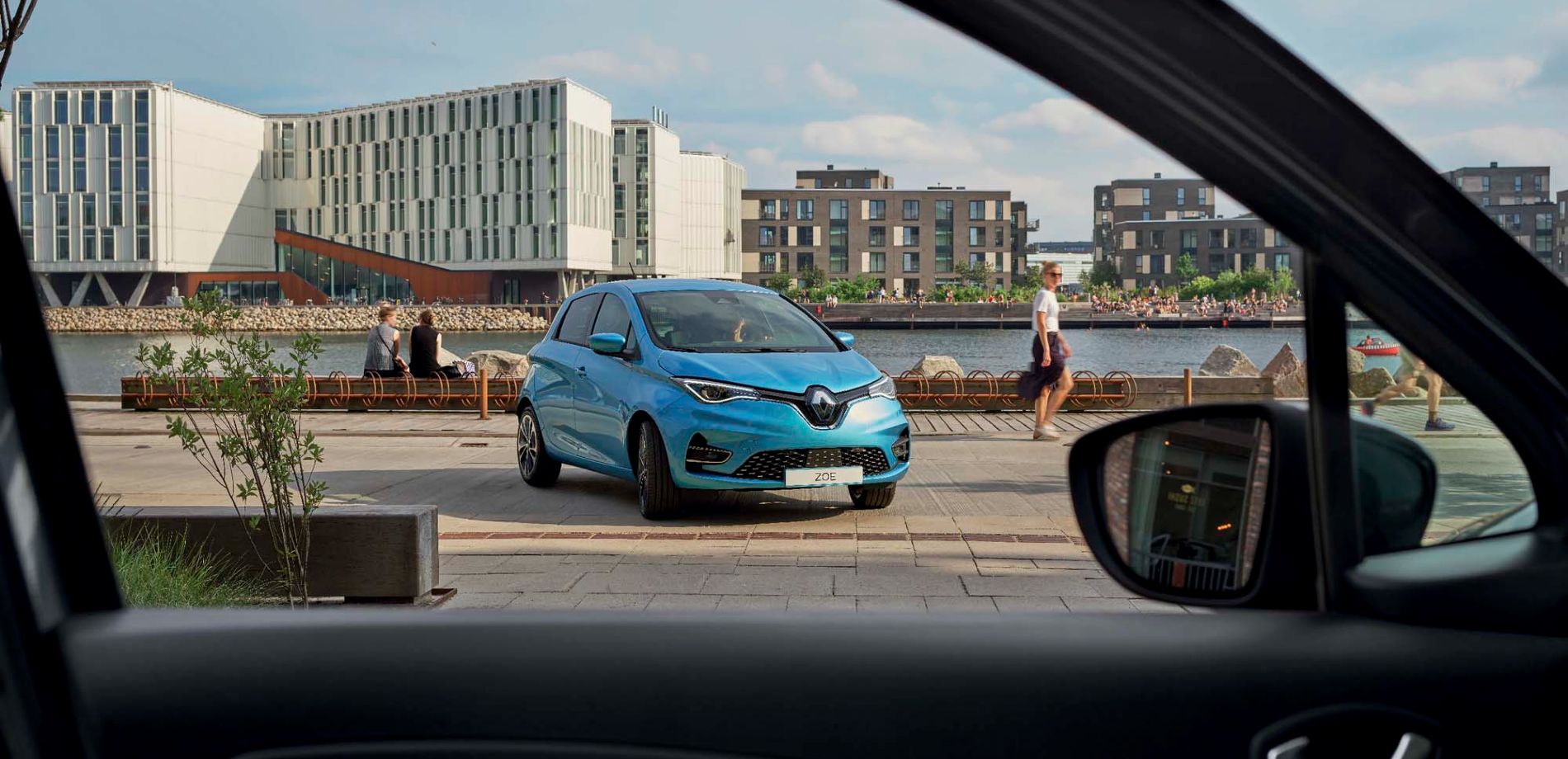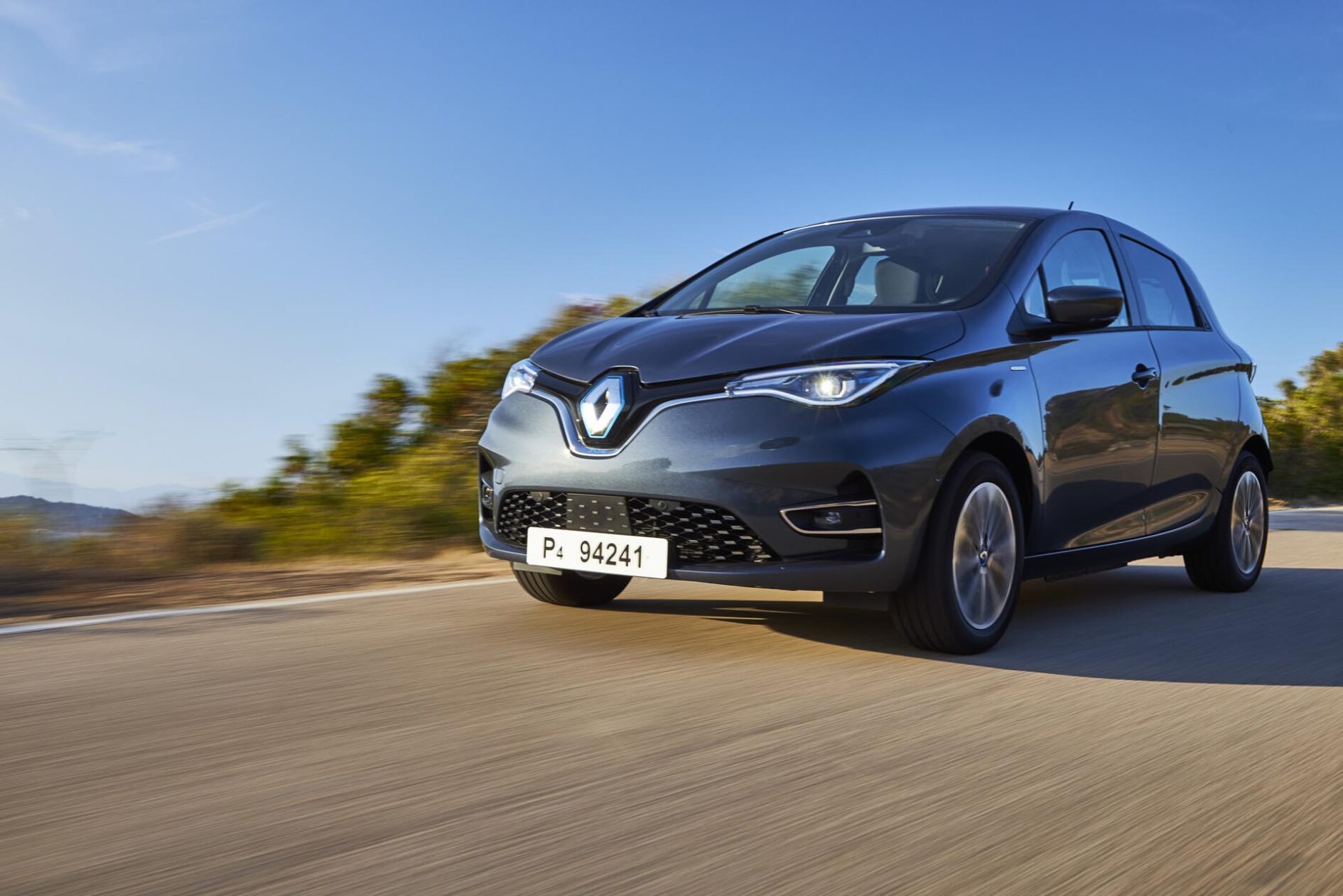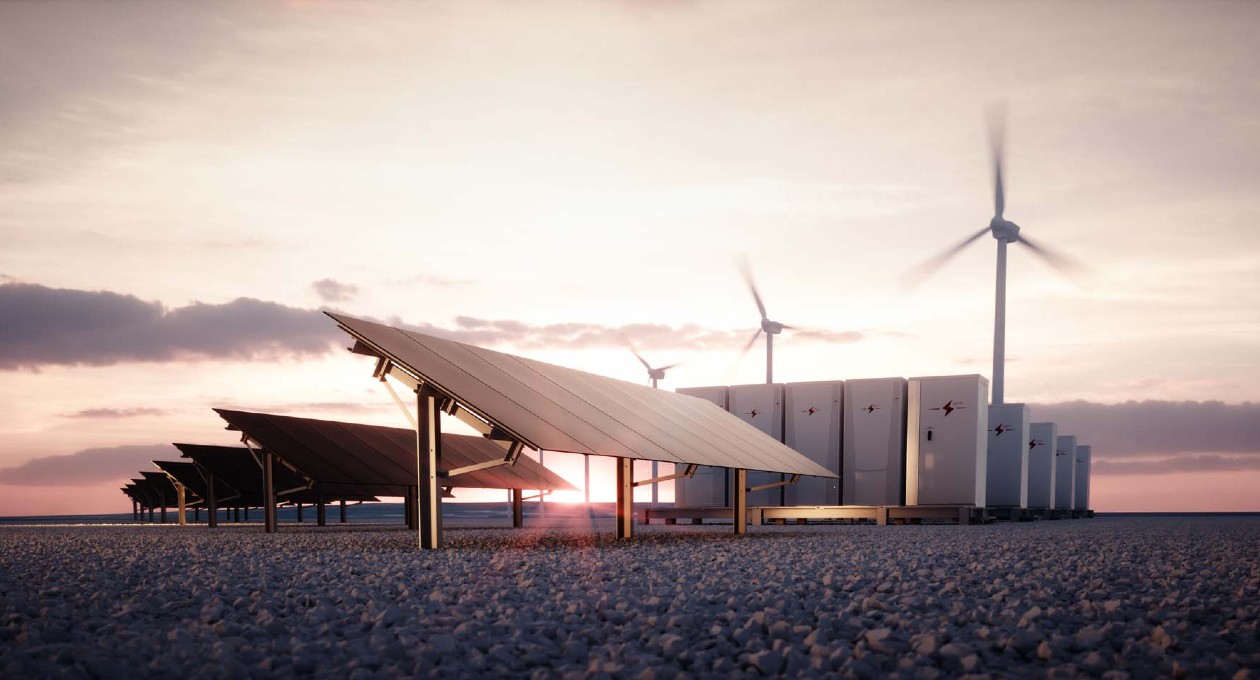

Most electric car drivers recharge their vehicles at night, at home, using a plug socket installed where they park. The main issue is being equipped with a system that can deliver the necessary power to recharge the battery safely.
Of course, it is always possible to locate a public charging station while driving, but, for their peace of mind, drivers want to be able to completely recharge in the time between returning home at night and leaving again in the morning!
The wallbox, a wall-mounted charging point
The recommended solution comes in the form of a wall charge point, or wallbox. Usually, it extends by means of a cable that simply needs to be plugged into the socket of your electric vehicle. Most wallboxes come equipped with a Type 2 connector, but it is also possible to opt for one that is compatible with other socket types.
The power output is often the primary criteria when choosing, as it determines the speed of recharging. The most affordable models (a few hundred euros) have a 16 amp current, enough to deliver up to 3 kW of power. That makes it possible to give a car like the Renault ZOE the equivalent of a 240 Km range in about 12 hours. With a 7.4 kW wallbox fed by a 32 amp current, the charging time decreases to about 5 hours, or more than two times less!
A wallbox is not just a power supply: it is an electronic device designed to both secure and optimise the charging of an electric car. It provides programming options to better benefit from time periods offering the best rates (off-peak hours). Some also include communication capabilities allowing them to adjust the power load based on instructions sent by the vehicle or the electricity meter: what is referred to as smart charging.
Installing a wallbox at home
The installation of a wallbox must be done by an authorised professional, whether the housing is supplied by single-phase or three-phase power. It requires the installation of a specific electrical circuit, with a cable of sufficient cross-sectional area and dedicated differential circuit breaker. The process can engender some work as a line must be drawn from the electrical board to the location chosen for the electric charging point. It also happens that you may have to switch your electric service to a higher power option. For individuals that do not have an enclosed garage for parking, there are wallboxes designed to be installed outdoors.
Setting up an electric charging point for your electric car incurs a cost, both for the purchase price of the wallbox and for its installation. While most European countries provide a tax incentive to help individuals buy an electric car, France and England add a subsidy on top of that specifically dedicated to the installation of an electric charging point.
Reinforced power sockets
For lighter usage, you might consider choosing a reinforced power socket instead of an electric charging point. Its inner contacts are reinforced to allow up to 16 amps to pass through, recharging a Renault ZOE in a dozen or so hours. The socket also has a hook that the user can use to hang their charging cord without damaging the socket or its fixings.
A dedicated connection to the electrical board is still required, but in this case the charge passes through a standard cross-sectional cable (2.5 mm²), protected by differential circuit breaker as well. Recharging is thus effectuated securely, but less rapidly than with a wallbox.
Here, the Type 2 connector commonly associated with charging points for electric cars is replaced in favour of a grounded power cord, usually equipped with a control box. Renault, for instance, supplies its ZOE with an appropriate cord, the Flexi Charger.
A contingency plan: the domestic socket

When you need to regain a few kilometres of range when stopped somewhere without a dedicated electric charging point, the mains adapter can also be connected to a traditional home socket, though without a dedicated line the intensity is capped at 10 amps in the best case scenario.
This is very convenient for a light vehicle like the Renault Twizy, which charges in a little over three hours via a conventional socket, but is not enough for a car like the ZOE which requires more than twenty hours to fully charge. The domestic plug socket is therefore used mainly in emergencies for a top-up. This is why most people choose to equip their homes with a fast electric charging point.
In all cases, the cost of recharging an electric car at home is, as one would expect, linked to the amount of power consumed. Beyond a home installation, there are many other recharging options.
Copyrights : Yannick BROSSARD
